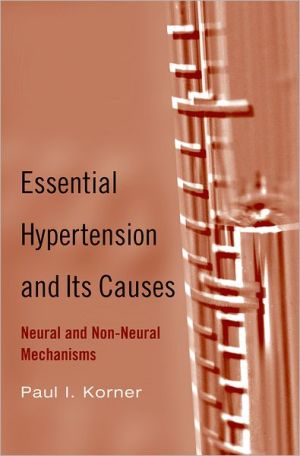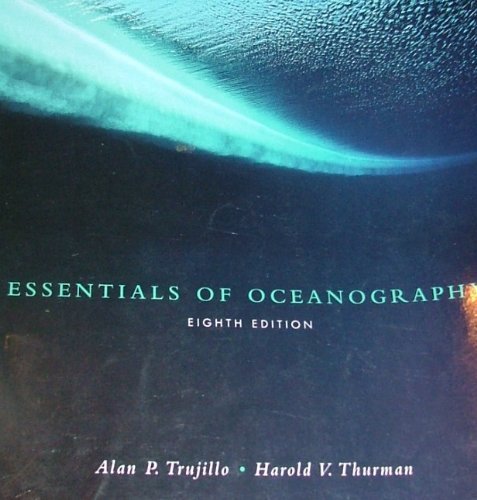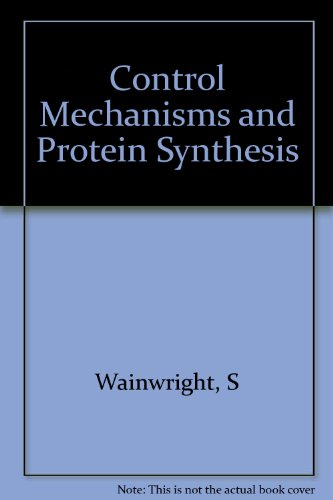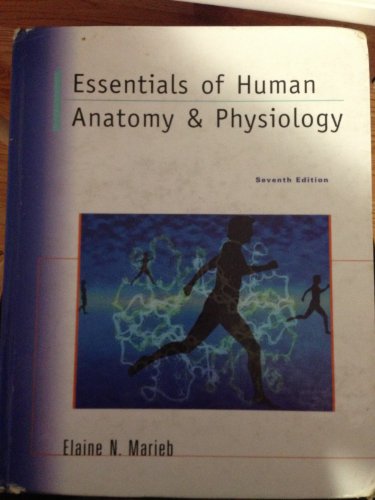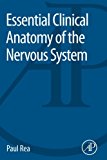Essential Hypertension and Its Causes: Neural and Non-Neural Mechanisms
Korner, Paul I.
this New Account Of The Pathogenesis Of Essential Hypertension (eh) Represents A Detailed Analysis Of The Main Components Of The Circulatory Control System. The Latter's Properties Resemble Those Of Man-made Adaptive Control Systems In Which Regulatory Parameters Are Altered When Operating Conditions Exceed Certain Limits, Often Through Neural Mechanisms.
inheritance Of Eh Depends On Both Genes And Environment. The High Blood Pressure (bp) Genes Have Not Yet Been Definitively Identified, Whilst The Main Environmental Causes Are Mental Stress, High Dietary Salt Intake And Obesity. Eh Occurs As Two Major Syndromes, Each Initiated By Chronic Stress: 1) Stress-and-salt Related Eh, And 2) Hypertensive Obesity. Stress Is Perceived By The Cortex, From Which Increased Dopaminergic (da) Neuron Activity Stimulates The Hypothalamic Defense Area, Raising Sympathetic Neural Activity (sna) And Bp. Normally These Subside Quickly When The Stress Is Over, But In Those Susceptible To Eh The Da Synapses Become Sensitized So That The Defense Response Is Evoked By Ever Lower Levels Of Stress. Sensitization Is Common In Memory Circuits, But Not In Autonomic Neurons, So That This Property In Eh May Be Genetically Determined.
stress-related Hypertension Increases Hypothalamic Responsiveness To High Salt, Resulting In Further Rises In Sna And Bp. Later, Non-neural Functional Changes (e.g. Reduction In Nitric Oxide) And The Structural Remodeling Of Resistance Vessels Further Enhance The Vasoconstriction. In Contrast, In Those Developing Hypertensive Obesity Food Consumption Is Excessive, Which Transiently Alleviates Stress-related Anxiety. The Brain Ignores The Leptin-mediated Signals That Normally Curb Appetite, Contrasting With Normal Energy Regulation In Ssr-eh. In Hypertensive Obesity, The Sna Pattern Is Similar To That In Ssr-eh, But Vasoconstriction Is Masked By Vasodilatation And Fluid Retention Due To Hyperinsulinemia. This Syndrome Is A Volume Overload Hypertension, Where High Cardiac Output, Renal Impairment And Other Non-neural Factors Contribute To The Elevation Of Bp.
other Topics Include The Role Of Various Transmitters In Autonomic Regulation; The Place Of Baroreflexes In The Intact Organism; Why Exercise Training Lowers Resting Bp; Obstructive Sleep Apnea; Non-pharmacological And Drug Treatment Of Eh; The Role Of The Kidney In Eh And In Different Types Of Renal Hypertension And The Pathogenesis Of The Japanese Spontaneously Hypertensive Rat, Which Provides A Valuable Animal Model For Eh.
the Work Suggests That Physiological Systems Analysis In A Complex Disorder Like Eh Is A Valuable Tool For Using The Great Advances In Molecular Biology To Best Advantage.
doody Review Services
reviewer:michael Todd Miller, M.d.(ochsner Clinic Foundation)
description:this Collection Of Chapters Written By An Internationally Recognized Researcher, Dr. Paul Korner, Summarizes What Is Known About The Pathophysiology Of Essential Hypertension.
purpose:the Author Explains How Environmental And Psychological Stresses That Cause Temporary Increases In Blood Pressure Induce Changes In Normal Autonomic And Hormonal Effector Systems Early In The Development Of Essential Hypertension. Changes In These Effector Systems Are Linked To Vasomotor And Renovascular Changes In Structure And Function Resulting In Increased Peripheral Vascular Resistance And Chronic Blood Pressure Elevation In The Setting Of Genetic Influences Not Fully Elucidated.
audience:the Book Provides A Foundation Of Knowledge For Basic Science And Clinical Researchers Charged With Expanding Our Comprehension Of The Pathophysiology Of Essential Hypertension. It Also Serves As A Valuable Reference For Practicing Cardiovascular Clinicians Concerned With Disease Prevention And Management.
features:concepts Are Discussed In The Context Of Adaptive And Nonadaptive, Linear And Nonlinear Control Systems With Explanation Of How The Application Of These Systems To Mechanisms Of Blood Pressure Regulation Has Impacted Research And Understanding Of Essential Hypertension. Numerous Schematics Elegantly Diagram Many Of These Complex Physiologic Systems Helping Readers Understand The Many Effector And Feedback Responses Involved In Pressure Regulation And Dysregulation. In Addition To Expert Analysis Of Data Highlighting Central Nervous System Changes Such As Alterations In Sympathetic And Dopaminergic Neural Transmission, The Author Asserts His Opposition To Theories Which Suggest A Primary Renal Etiology Of Essential Hypertension. The Roles That Environmental Influences Such As Obesity, Obstructive Sleep Apnea, High-salt Intake, And Level Of Physical Activity Play In Individuals Genetically Susceptible To This Disease Are Thoroughly Addressed.
assessment:dr. Korner Successfully Integrates Vast Amounts Of Information Learned From Research On The Pathogenesis Of Essential Hypertension Into One Comprehensive Reference. Initial Alterations Of Neural Pressure Regulatory Systems Are Expertly Detailed Providing Targeted Areas For Expanded Research.
| Name in long format: | Essential Hypertension and Its Causes: Neural and Non-Neural Mechanisms |
|---|---|
| ISBN-10: | 0195094832 |
| ISBN-13: | 9780195094831 |
| Book pages: | 720 |
| Book language: | en |
| Edition: | 1 |
| Binding: | Hardcover |
| Publisher: | Oxford University Press |
| Dimensions: | Height: 9.43 Inches, Length: 6.45 Inches, Weight: 2.60806855946 Pounds, Width: 1.56 Inches |

